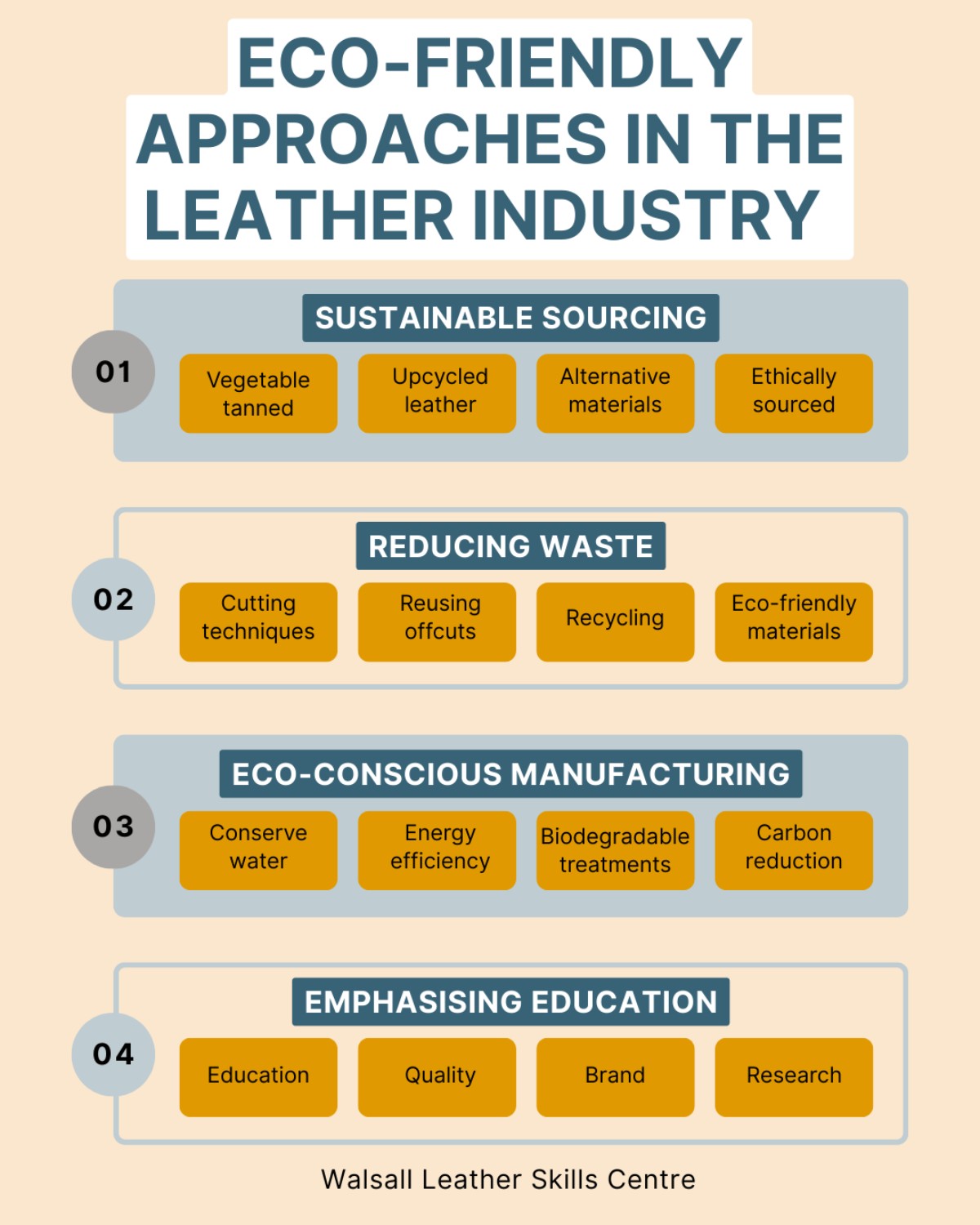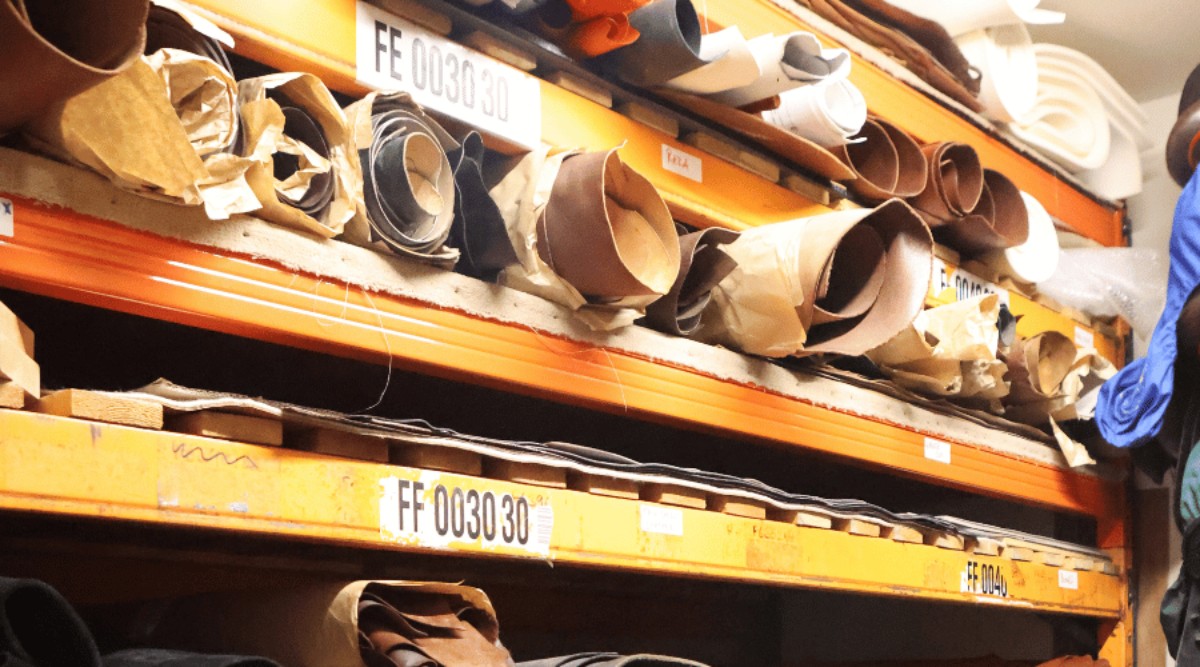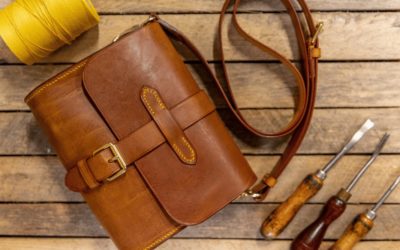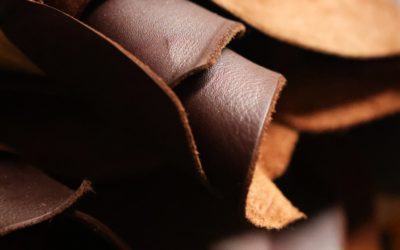The leather industry is rich in tradition, craftsmanship, and history, but like many industries, it faces increasing scrutiny regarding its environmental impact. From sourcing raw materials to the manufacturing process, sustainability is becoming a key focus for leatherworkers and consumers alike. In this blog, we explore the eco-friendly practices shaping the future of leatherworking, including sustainable sourcing, waste reduction techniques and responsible craftsmanship.

Sustainable Sourcing: Choosing Ethical and Eco-Friendly Leather
One of the most significant factors in sustainable leatherworking is the sourcing of materials. Traditionally, leather is a byproduct of the meat industry, but not all leather is created equal in terms of sustainability. Here are some eco-conscious sourcing options:
- Vegetable-tanned leather: Unlike chrome tanning, which uses harsh chemicals, vegetable tanning relies on natural tannins found in plants, making it a more environmentally friendly option.
- Upcycled & recycled leather: Some manufacturers now use offcuts and scraps to create new leather goods, reducing waste and demand for new raw materials.
- Alternative sustainable leathers: Innovations in bio-based leathers, such as mushroom (mycelium) leather and pineapple (Piñatex), offer cruelty-free and eco-friendly alternatives to traditional leather.
- Ethically Sourced Leather: Ensuring hides come from well-managed farms that adhere to strict animal welfare and environmental regulations can make a significant impact.
Reducing Waste in Leatherworking
Minimising waste is an essential part of sustainable leathercraft. Many traditional techniques can be adapted to ensure more responsible production:
- Efficient pattern cutting: Skilled leatherworkers optimise their patterns to reduce scraps, using every possible inch of the material.
- Reusing offcuts: Small leather scraps can be repurposed into accessories, keychains, or patchwork designs rather than being discarded.
- Recycling and upcycling: Old or damaged leather products can be restored or reworked into new items, giving them a second life.
- Eco-friendly adhesives and dyes: Many conventional adhesives and dyes contain toxic chemicals. Switching to water-based glues and natural dyes can make a significant difference.
Eco-Conscious Leather Manufacturing Techniques
Sustainability in leatherworking extends beyond sourcing and waste management to the production process itself. Several initiatives are making a positive impact:
- Water conservation: Traditional leather tanning processes consume a large amount of water. Companies are now developing closed-loop water systems to reduce consumption and prevent pollution.
- Energy efficiency: Using renewable energy sources, such as solar or wind power, in tanneries and workshops helps reduce the industry’s carbon footprint.
- Biodegradable treatments: Sustainable leather treatments replace synthetic coatings with biodegradable alternatives to ensure products break down naturally at the end of their life cycle.
Sustainable Leatherworking in Practice
Leatherworkers and artisans can adopt sustainable habits in their daily practice by:
- Educating themselves and others: Spreading awareness about eco-friendly techniques and materials helps drive industry-wide change.
- Choosing quality over quantity: Investing in high-quality leather and craftsmanship ensures durability, reducing the need for replacements and excess production.
- Supporting ethical brands: Consumers can contribute to sustainability by purchasing from brands that prioritise responsible sourcing and manufacturing.
The Future of Sustainable Leatherworking
As technology advances and consumer awareness grows, the leather industry continues to evolve towards more sustainable practices. Whether through innovative new materials, waste reduction strategies, or responsible craftsmanship, the industry has the opportunity to balance tradition with environmental responsibility.
By making thoughtful choices at every stage of the leatherworking process, artisans and businesses can help shape a future where sustainability and craftsmanship go hand in hand.
What are your top tips when it comes to being mindful of the environment? Be sure to share them with our social media manager who can share them across the Centres social media!




